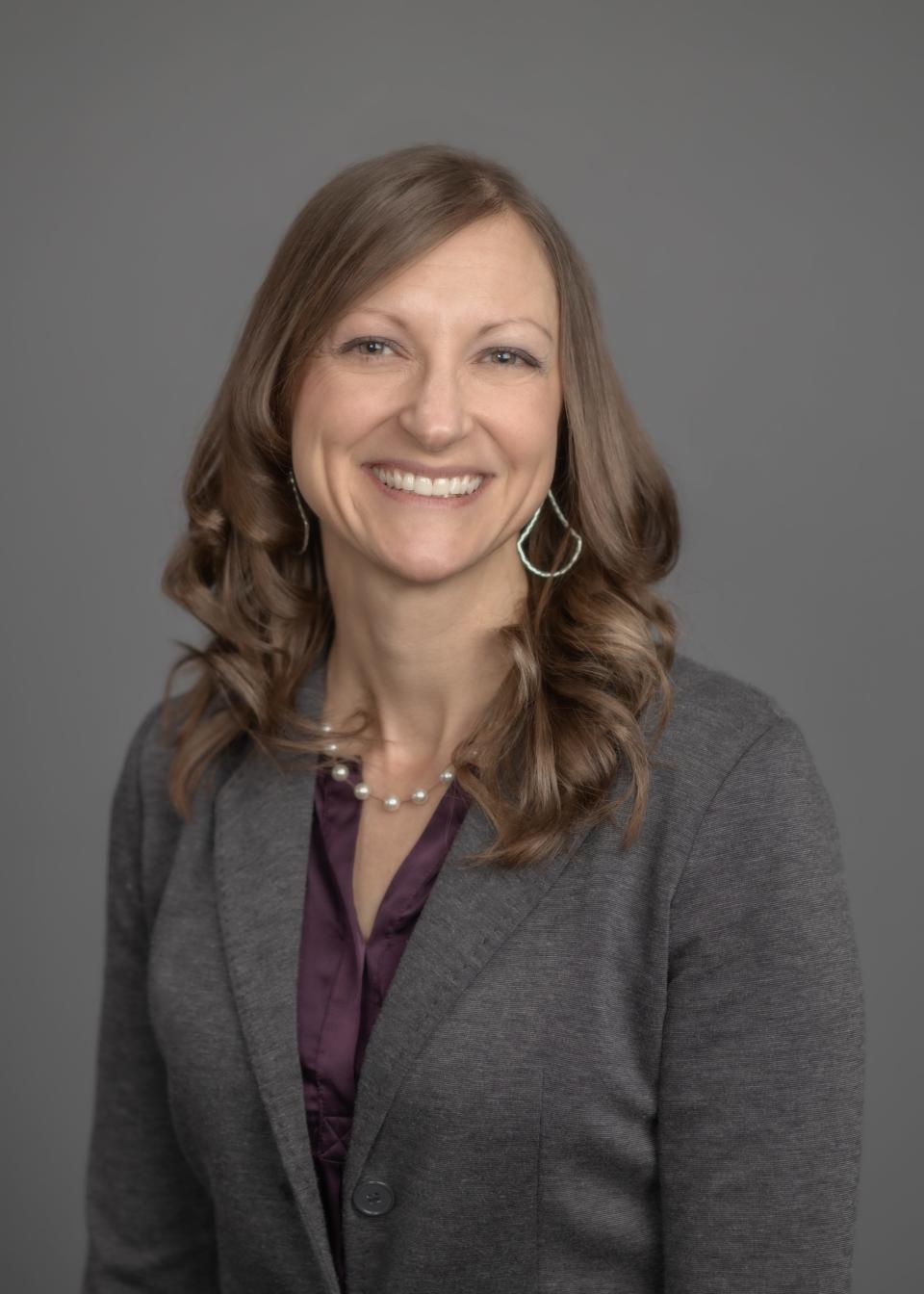Domestic violence survey reveals work needed for minority groups
Domestic violence is personal. It can be deadly. But despite its potential lethality, this abuse often goes unspoken due to a lack of trust in the systems. The very systems that are meant to protect.
The stigma, underreporting, and silence surrounding domestic violence are — and always have been — huge barriers to progress.

That's why it's especially important for people from marginalized communities to feel as though their trauma is being taken seriously, to trust that they are being treated fairly and with compassion by law enforcement, social services agencies, and courts. Striving to eliminate bias requires our systems to respond to victims of domestic violence in ways that recognize their different needs, experiences, and fears.
Unfortunately, a statewide survey by the Ohio Domestic Violence Network (ODVN) found that victims from marginalized communities — Black women, other women of color, members of the LGBTQ+ community, immigrants and those who are deaf/hard of hearing (Def+) — were overrepresented among those who said they faced problems with police, justice, and social services systems when reporting instances of domestic violence.
These victims were more likely to feel as though their concerns were not taken seriously, and more likely to fear the reactions of law enforcement. They also worried that seeking help could prompt child welfare workers to take their children.
No one should weigh such considerations before making what might be a life-saving call for assistance.
The ODVN assessment, representing 505 female and 56 male survivors in Ohio, ranging in age, race and ethnicity, found that most survivors had a positive experience and would seek help again. But disparities are found in the details.
Of the respondents, 78% had children. Of those survivors, 42% listed fear of having their children taken away as a barrier to contacting the police. Women of color (including Black women) with children reported higher amounts of discrimination toward their children based on gender, race, language, and immigration status than did white woman with children.
The biggest fear keeping all demographic groups from accessing available resources was fear of further abuse from their abuser. Survivors also commonly reported fear of being blamed or not believed at every stage as a barrier to accessing services.
Furthermore, Black respondents' secondary fear in accessing aid was fear no one could or would help them, or they would be discriminated against by different agencies. For many, this fear was based on previous experience.
One of the most compelling findings came from Def+ survivors who consistently reported problems accessing language interpreters with police, courts, and social services providers. Of the 22 Def+ respondents, only one reported being provided an interpreter after calling the police.
Not having interpreters was a problem most often with law enforcement, but some also experienced this barrier in courts and social services.
Non-Black women of color and Black women are on average three times more likely to call 911/police in a domestic violence situation than white women. Black female members of the LGBTQ+ community reported that they were more likely to face discrimination from the police based on race, gender, and sexual orientation than any other racial group.
Generally, survivors felt that courts took their concerns seriously. However, 14% reported that prosecutors made decisions about the case without consulting them, such as dropping or reducing charges. Twelve percent of the participants reported being pressured to agree to decisions about their case that made them uncomfortable, and 39% said they did not recall their interactions with prosecutors assigned to their cases.
Among the survivors who pursued a protection order (criminal or civil), 14% said they were criticized for it by an advocate, prosecutor or judge/magistrate. Survivors also reported that magistrates/judges were up to two times more likely to criticize LGBTQ+ individuals for pursuing protection orders.
Safety, protection, and empathy were the most common themes respondents mentioned for changes needed in domestic violence response systems. When people reported good experiences, they felt listened to and cared about.
Of the respondents, 33% were from Northeast Ohio. I would like to think we are better than these statistics in Stark County. However, continual improvements and further examinations to our systems are necessary.
Black women experience the highest rates of domestic violence homicide compared to other racial groups, so their frustrations with our system's responses are a compelling call to action. We need to continue conversations about language access, advocacy and police partnerships, and ongoing anti-bias training.
Further, it is urgent that outreach strategies be employed to ensure that marginalized survivors — who experience the greatest barriers to safety — can access services safely.
It is my hope that, together, we can end the cycle of violence.
Julie Donant is the chief executive officer at Domestic Violence Project Inc. in Canton.
This article originally appeared on The Repository: Domestic violence assessments shows barriers to progress

